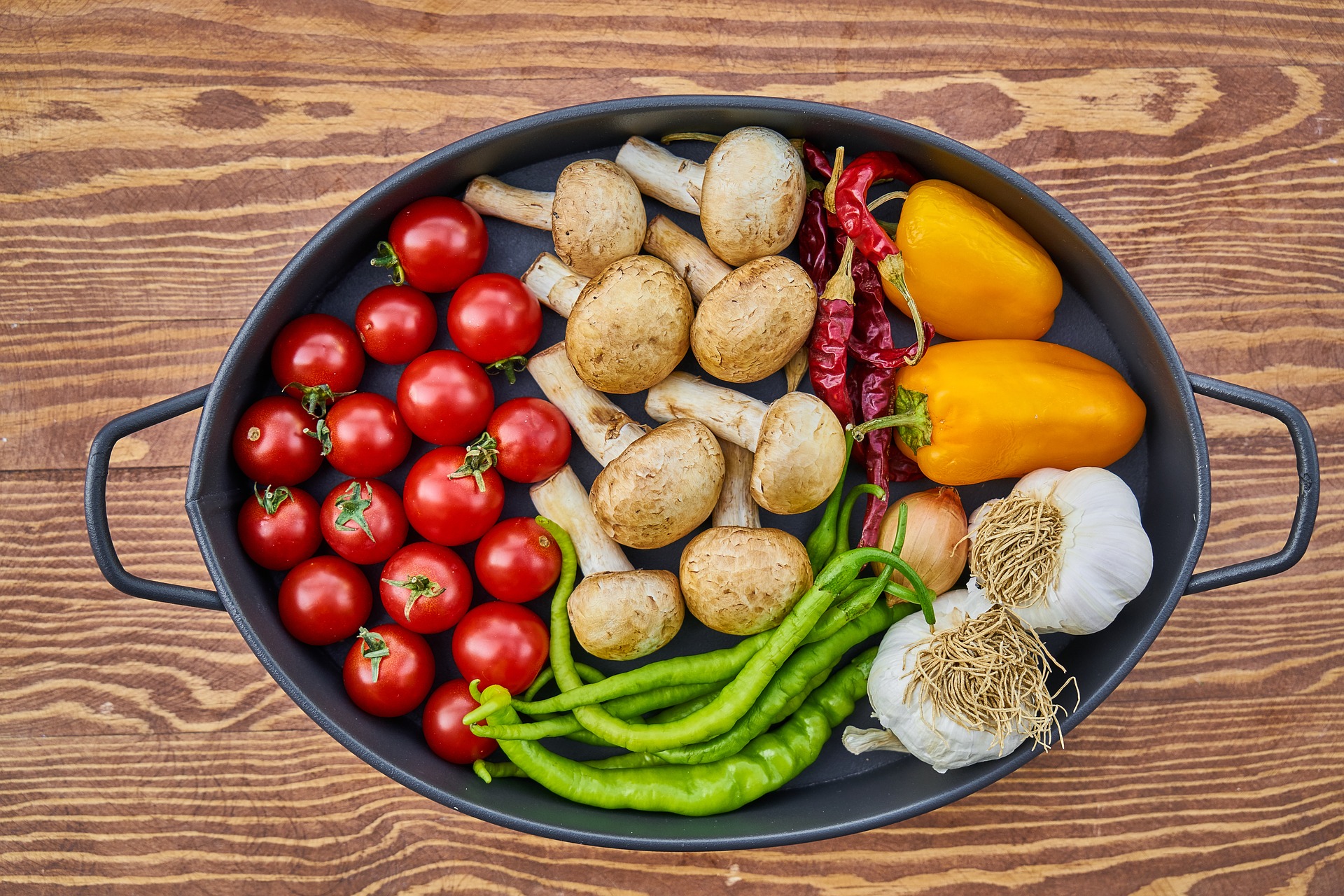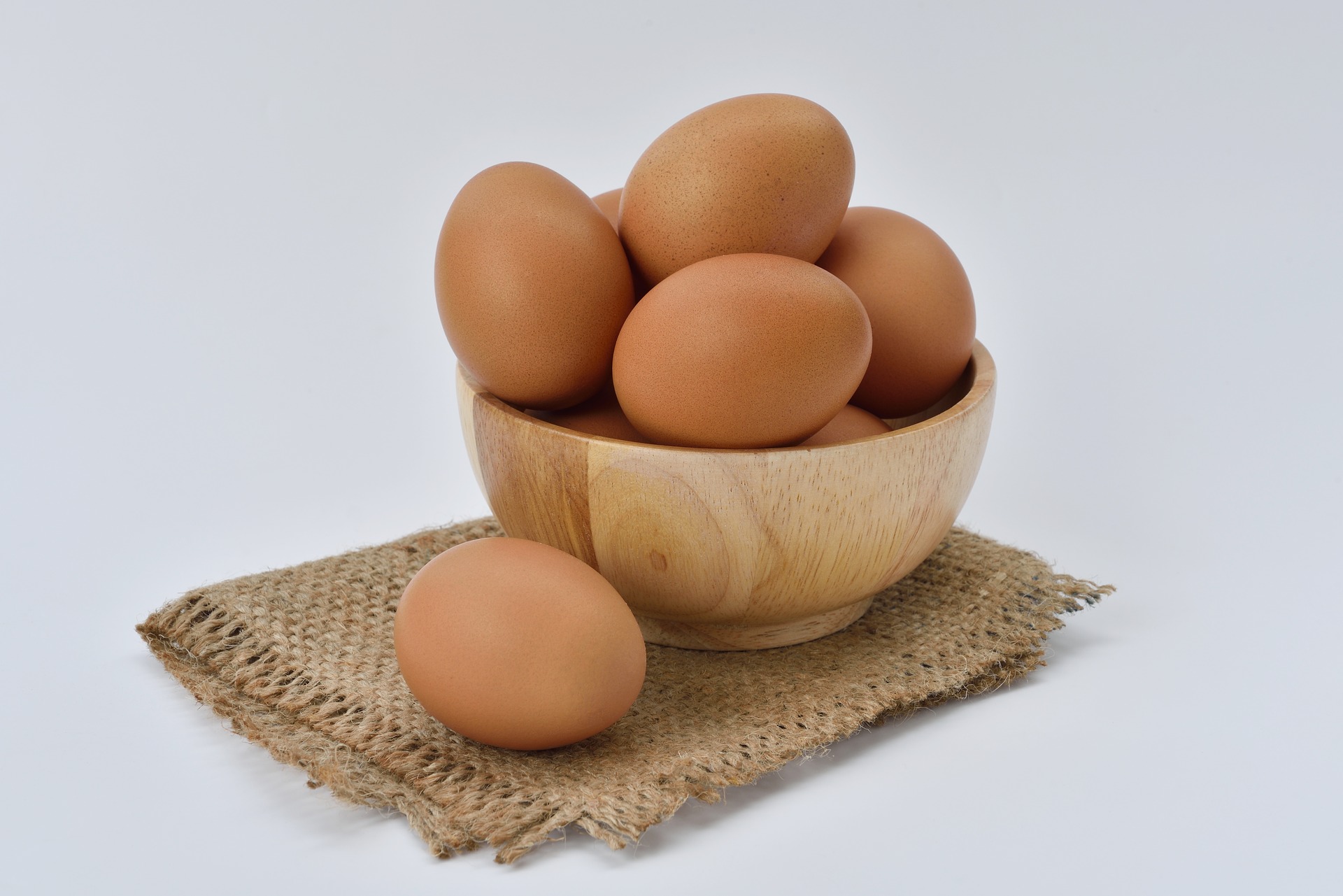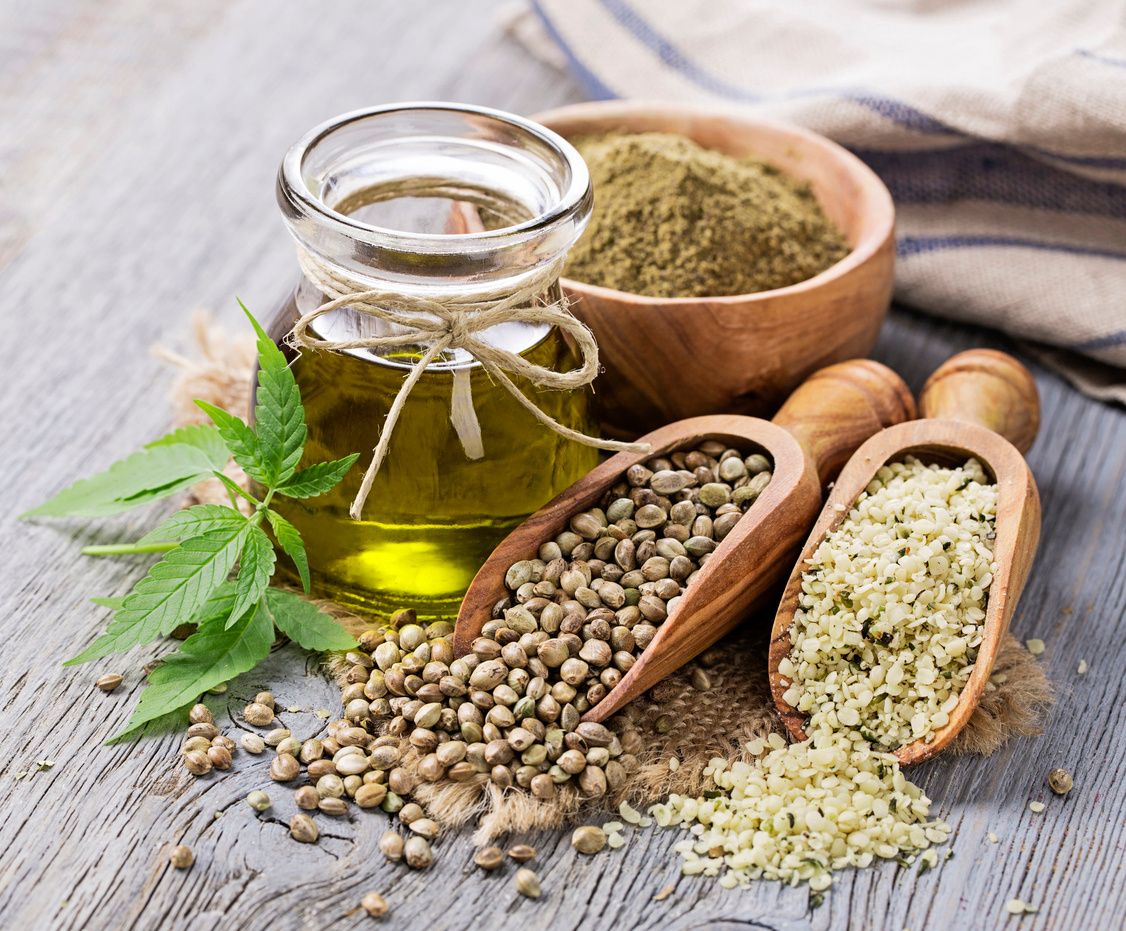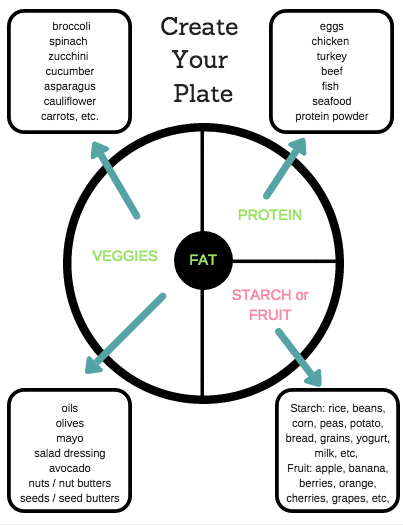
The formula below is designed to give your cells everything they need to do what they have to do, so you can feel energized and meet your goals! Understanding the purpose behind the foods we eat is the first step to living your healthiest life. Follow the guidelines below next time you build your plate.
Volumize your Veggies
You probably already know that vegetables are important for your health and weight management but I am going to tell you why. Vegetables are the most nutrient dense food group, meaning more nutrition for less calories. Now I am not a calorie counter by any means but it’s just good to know with veggies you are get a big bang for your buck and who doesn’t like a good deal, right?! Eating veggies in volume can actually help you maintain or lose weight. Veggies are wrapped in fiber, which slows down the release of sugar into the blood. Along with the fiber they also contain lots of water which together will stretch your stomach (in a good way) decreasing our hunger hormone ghrelin, telling your brain you are full.
If you’re a volume eater and love to eat a lot of food veggies are the perfect way to fill up your plate and feel satisfied. Make sure to choose a variety of colored vegetables for different vitamins, minerals, and antioxidants to fight off diseases and prevent premature aging. There are so many different delicious ways to prepare vegetables such as raw in salads or with a dip, sautéed with garlic and oil, roasted, grilled, steamed, and touched up with your favorite sauces. They should be the main attraction of your plate!

Pick your Protein
The most important purpose for protein when trying to manage your weight is it keeps you full and keeps your blood sugar stable. Also, a lack of protein may increase the release of a stimulant hormone neuropeptide y (NPY) that can trigger cravings for carbohydrates.
Protein is know for helping you build muscle, which it does! But protein is also the macronutrient responsible for building and repairing cells for our DNA, immune system, enzyme, bones hormones, and blood. There are essential amino acids we need to consume from protein because our bodies can not make these amino acids ourself.
Animal sources of protein are considered complete proteins that means they contain all the essential amino acids that we need from our diet. If you are vegan or vegetarian make sure to consume a variety of different protein sources to meet your needs and get all the amino acids needed for your body to function properly. Protein should make up about 25% of our plate.

Find your Friendly Fat
Healthy fats make up every cell in our body and help us absorb all our fat soluble vitamins such as A D E & K. Certain fats decrease inflammation in the body as well as decrease your risk for heart disease and abnormal cholesterol levels.
This is an important macronutrient not to forget at your meal. Fat will lengthen the time you are full and satiated after a meal. It add amazing flavors to our dishes so you are able to stay satisfied for hours. The thing with fats is you have to be a food detective because they can be trickier to find on your plate than the other food groups. It may be the oil you are using to cook your veggies, proteins, or starch. Or sometimes it’s more obvious like some avocado or nuts in a salad. Fats are opposite from vegetables in the sense that they are calorie dense foods. Again, we are not counting calories and you need fat to burn fat but a little bit goes a long way.

Consider your Carbohydrates (Carbs)
Carbs. It seems like people either love them or hate them lately, huh? Because of the controversy surrounding carbs they tend to either be over or under eaten. Although I truly feel vegetables are where we should be getting most of our carbs, other carbs like starch and fruit definitely should have there place in a healthy diet. Below are the top two things to look for in a healthy carbs.
Quality and Quantity
Quality of all food groups matters but when it comes to processed foods, carbohydrates take the cake (no pun intended)! Sticking to whole foods such as fruits, starchy vegetables, beans and whole grains will insure you are choosing a great quality carb.
Quantity is just as important for any food groups but it tends to be much easier to over eat carbs than it is protein or fat. This is because carbohydrates pass through our stomach quicker than other macronutrients. Even if it is a whole food like a piece of fruit or bowl of oatmeal, carbs gets digested within 90 minutes and your stomach will be empty again. The more fiber a food has the longer it will keep you full but it is still a great idea to balance your carbs with protein and fat to slow down the release of food into your stomach to keep you full much longer.
Sticking to a serving size which is about 25% of your plate or 1/2 cup is a great place to start. The main function of carbs is to give you energy; if you are very active (be honest with yourself now) you might need more or less active you might need less. One thing to consider is studies have found our bodies do not process carbs as well at night. So if you find you are less active at night and don’t need the energy you can swap out your starch or fruit for extra veggies (which again are also carbs), especially if your goal is weight loss.
Focus on Fiber
One of the factors that differentiates a quality carbohydrate over others is the amount of fiber present in the food. Carbs from whole foods are wrapped in fiber that slows down the release of sugar into to the blood helping to maintain normal blood sugar levels. This can prevent cravings and decrease your risk for diabetes, cardiovascular diseases or neurological disease. The fiber can also help maintain normal cholesterol levels and improve digestion. Fiber feeds the healthy bacteria in our gut which is pretty much what makes up our immune system. It also contributes to building the mucus lining in our intestines that helps protect the barrier that seperate whats in our gut from whats in the rest of our body. The fiber in your carbs is what is going to keep you full. General rule of thumb, the higher the fiber the better.

Although this is a guide to building a healthy plate individual needs may vary. Working one-on-one with a registered dietitian can help you better determine what is the best portions and foods are for you. Feel free to reach out with any questions at [email protected] !
